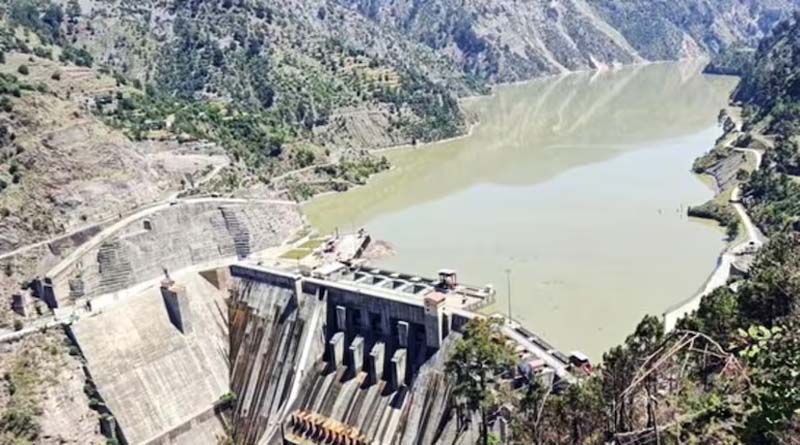There is uproar in Pakistan over water crisis ! The effect of the suspension of Indus Water Treaty
Insight Online News
Pakistan is currently facing a severe water crisis, transitioning from water-stressed to water-scarce conditions. Water availability per capita has significantly declined, and major reservoirs are nearing dead levels. This crisis is exacerbated by climate change, inefficient water management, and overuse of resources.
Here’s a more detailed look: Declining Water Availability
Pakistan’s water availability per capita has dropped by over 70% in the past 70 years, according to India Today. The country is now below the global water scarcity threshold.
Reservoir Levels: Major dams like Mangla and Tarbela are experiencing dangerously low water levels, approaching dead levels, impacting water supply for agriculture and other uses.
Water Shortages: Pakistan has declared an overall water shortage of 21%, according to Media.
Impact on Agriculture: Reduced water availability is affecting the crucial Kharif crop season, impacting rice, cotton, and sugarcane production, which are vital for Pakistan’s economy and food security.
Dependence on the Indus Basin: Over 60% of irrigation, 70% of drinking water, and nearly all industrial water needs rely on the Indus Basin aquifer.
Water Quality Issues: In many areas, tap water is considered unsafe for drinking due to contamination and poor sanitation, forcing reliance on expensive and potentially unhygienic alternatives like tankers and filtration plants.
Climate Change: Climate change is a significant driver of the water crisis, leading to increased frequency and intensity of droughts and floods.
Need for Action: Pakistan’s leaders and stakeholders are urged to take ownership of the crisis and implement effective water management strategies to address the challenges.









